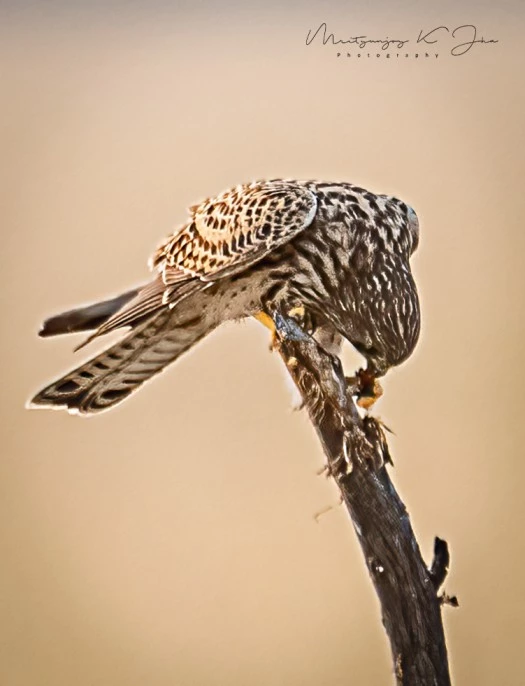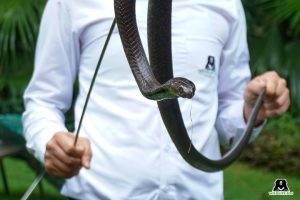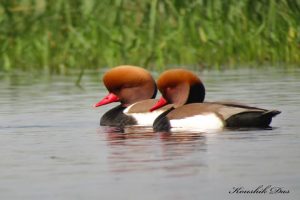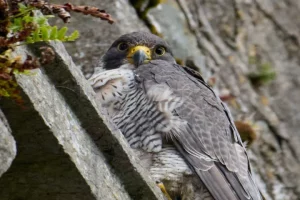As we drove down the main entrance of the Tal Chhapar Blackbuck sanctuary in Rajasthan, we stopped to watch a small dove size bird hovering above the two-foot vegetation only to disappear in a quick dive to the surface below. Within seconds the bird lifted above the vegetation and flew to a nearby signboard to consume its catch. The bird wasted no time tearing the small rodent into pieces and swallowing it in a jiffy.

Notwthstanding its predatory skills, the common kestrel has a dovish appearance.
Common kestrel (Falco tinnunculus) also known as the European kestrel, Eurasian kestrel, or Old World kestrel, grows to about the size of a pigeon, making it one of the world’s smallest falcons.
The experts told me that while other falcons glide around in circles before dive-bombing their target, the common kestrel is the only one from the family capable of hovering. They are so good at this ‘wind-hovering’ technique, they can keep their heads perfectly still in mid-air, adding grace and beuaty to their demenour.

One interesting fact that I learned about Kestrels according to the Cornell Bird Lab of Ornithology, was that these birds of prey are doubly blessed with two special powers. They can hover like helicopters and they have special vision to track down prey. Their eyes have adapted to detect ultraviolet light, which is bad news for rodents, their favourite meal. These rodents leave trails of urine along the paths they use, which emit ultraviolet light, providing hungry kestrels with a glowing path straight to a tasty snack.
Male and female kestrels are quite distinct. The male has blue-grey feathers on its head and tail and chestnut-brown feathers on its back, whilst the female’s feathers are brown. An adult female sports dark bars across its tail, while an adult male has an all grey tail, with a deep black band at its base. Both birds have yellow feet, a yellow rim around their eyes, and a trim of yellow skin above their beaks.

Male kestrel
Our other target was a cousin of the Common Kestrel – the Lesser Kestrel but despite two days of extensive search, we could not see any. Our guide told us that they were here a few days ago. But since they are migratory, they might have gone back to Mongolia or China. They will be back in March again.
The Lesser Kestrel is one sought-after raptor— a passage migrant in India which draws scores of birders. The bird breeds in China and Mongolia, and is said to enter India from Arunachal Pradesh and Nagaland. But some are believed to fly across the high Himalayas and cut across north-west India before heading towards Africa.
I was told that Kestrels have nine subspecies spread out all over the planet. But Common Kestrel is the most handsome and skillful of all these assassins.
Also Read : Owls helping in developing most advanced stealth drones




















